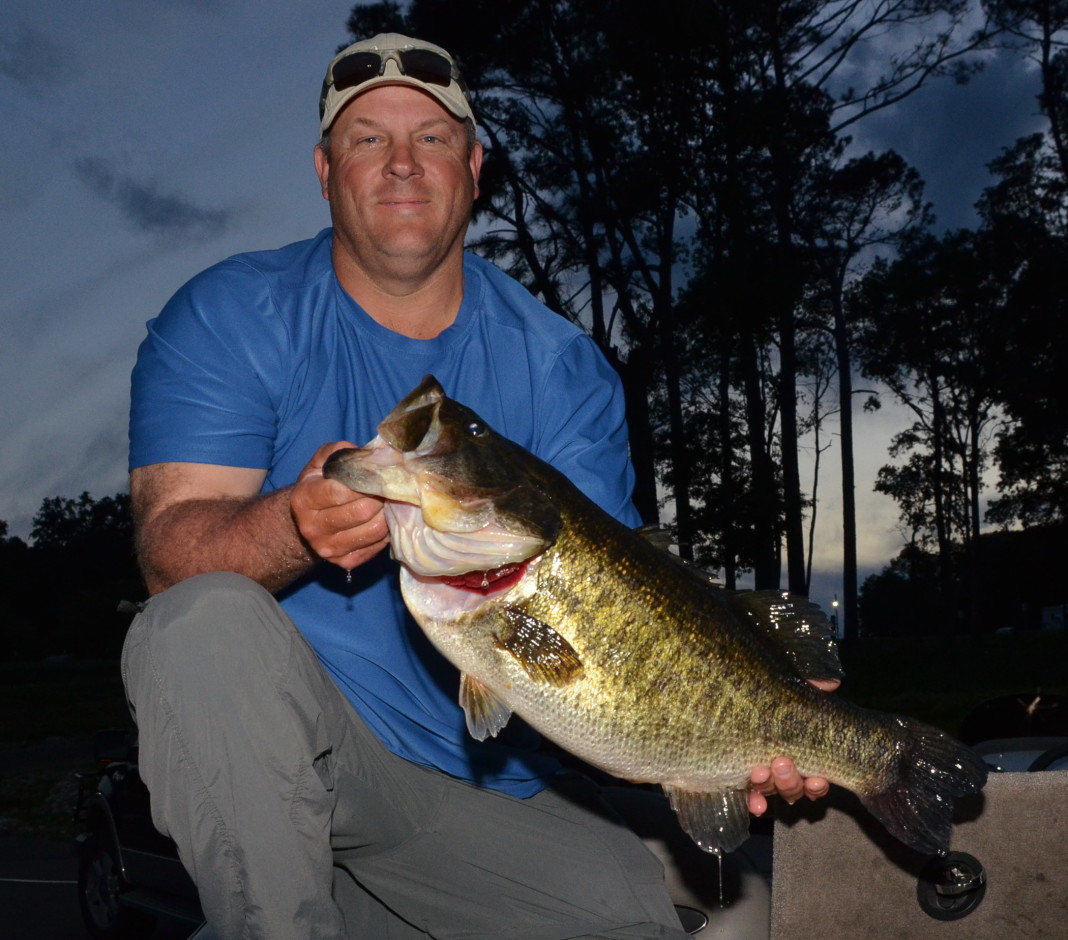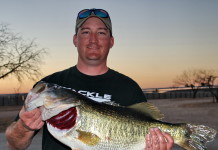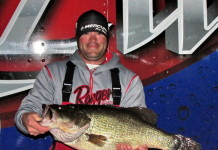Spring is a magical season when it comes to bass fishing and there’s no better time to catch the largemouth of a lifetime than during the next couple of months on most reservoirs and river systems. Water temperatures that have been sluggishly cool for much of the past few months soon will rise, setting the stage for the spawn and making anglers giddy with thoughts of big fish moving up shallower.
There have been multiple fish weighing 13 pounds or more entered into the Toyota ShareLunker program since the season began in October. It’s a good bet that there again will be a run on big fish in March, which typically signals the peak of the spawn.
The magic water temperature for bass to spawn is about 65 degrees, but some fish will spawn before or after that number is reached. Some lakes in particular are notorious for having a late spawn, though in some years bass will be on beds in January in warmer locales such as international reservoirs on the Mexican border. This aspect can be good for anglers since it opens up their options. If some fish are holding in staging areas while others have moved up shallow, you can target more water and expect to find fish. Though backwater creek and cove areas generally are the first places to look for spawning fish in the shallows, bass also could be using underwater highways such as channels to access these spots.
Weather also plays a large role in how bass act this time of year. Cold fronts can wreak havoc with the spawning process, fooling fish into changing up their plans, especially after periods of warmth.
Once air and water temperatures stabilize, that’s normally the cue to be on the water in search of a lunker. Monitoring moon phases also is advantageous as many bass, though not all, will lock onto their beds when they’re ready in and around periods of full moon. Since the incubation of bass eggs is aided by sunlight, that too should be something to consider. In turbid water, a bass will construct a nest shallower than in clear conditions in most circumstances.
There’s almost no limit to the type of lure an ornery bass will hit during the pre-spawn, spawn and post-spawn, especially if they’re on a bed or are looking for a hearty meal in a staging area. Critter-type baits, such as salamanders and crawfish — even live ones — surely will tempt any size bass, and jerkbaits, spinnerbaits and crankbaits also come in handy in almost any situation.
You also should consider using large, bright baits. A bright bait will allow you to see it better in the water if you’re sight fishing. Another plus to using larger baits is many anglers think they catch larger fish. This certainly could hold true if a bass is in a staging area and is looking to maximize its gluttonous efforts.
You also shouldn’t overlook your fishing line, and targeting trees, stumps and other cover can be hard on the critical link to your lure. Using heavier tackle is key in these instances, especially if you hook a lunker and need to horse it out of a tight spot quickly before it gets hung up. Braided line is en vogue, even by some anglers using spinning tackle, though fluorocarbon also will work in most fishing circumstances, unless you’re targeting thick hydrilla or something similar in deeper water.
It should be second nature to keep as quiet as possible, but if fish are in the shallows, it’s easier for them to pick up on sound and movement, which could turn them off to your advances. A couple of things to consider, among others, are limiting the on/off of a trolling motor and setting up so a bass must glare into the sun if it looks your way from a bed.
It’s the best time of year to be a bass angler, and with a little preparation – and maybe even some luck – this may be the year you find your biggest fish.





















